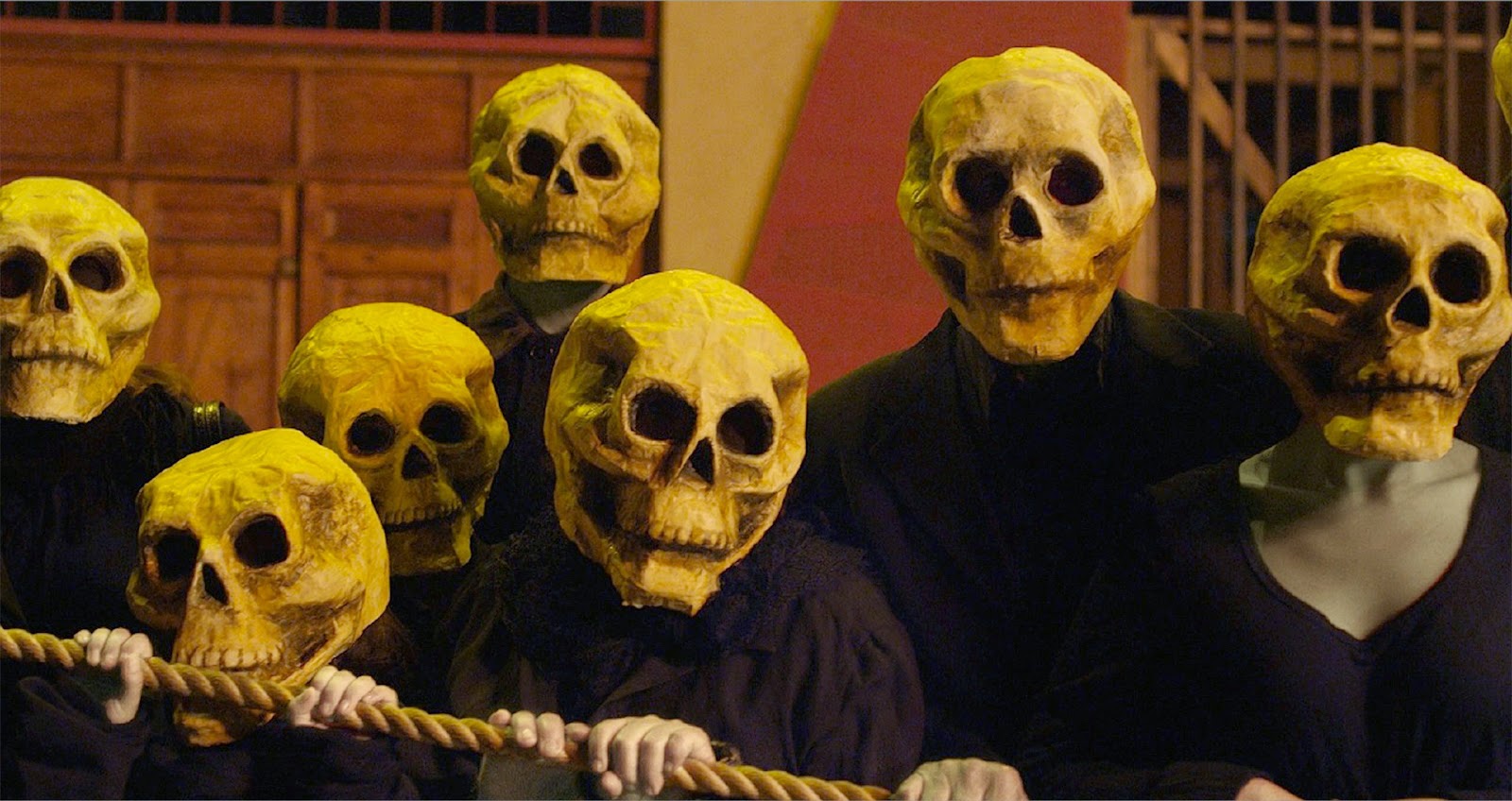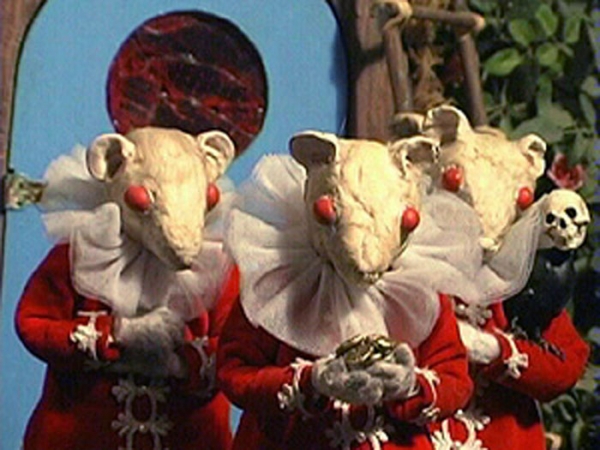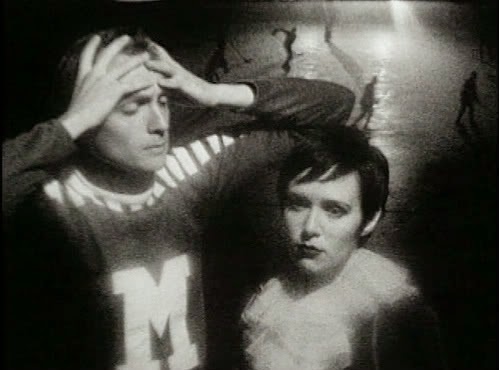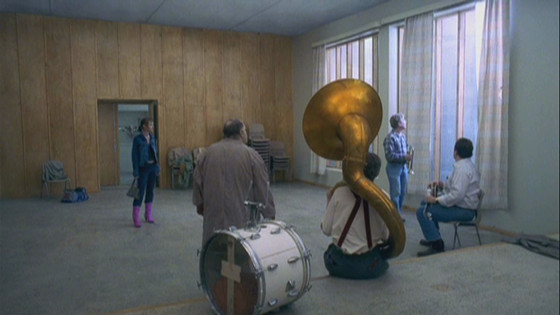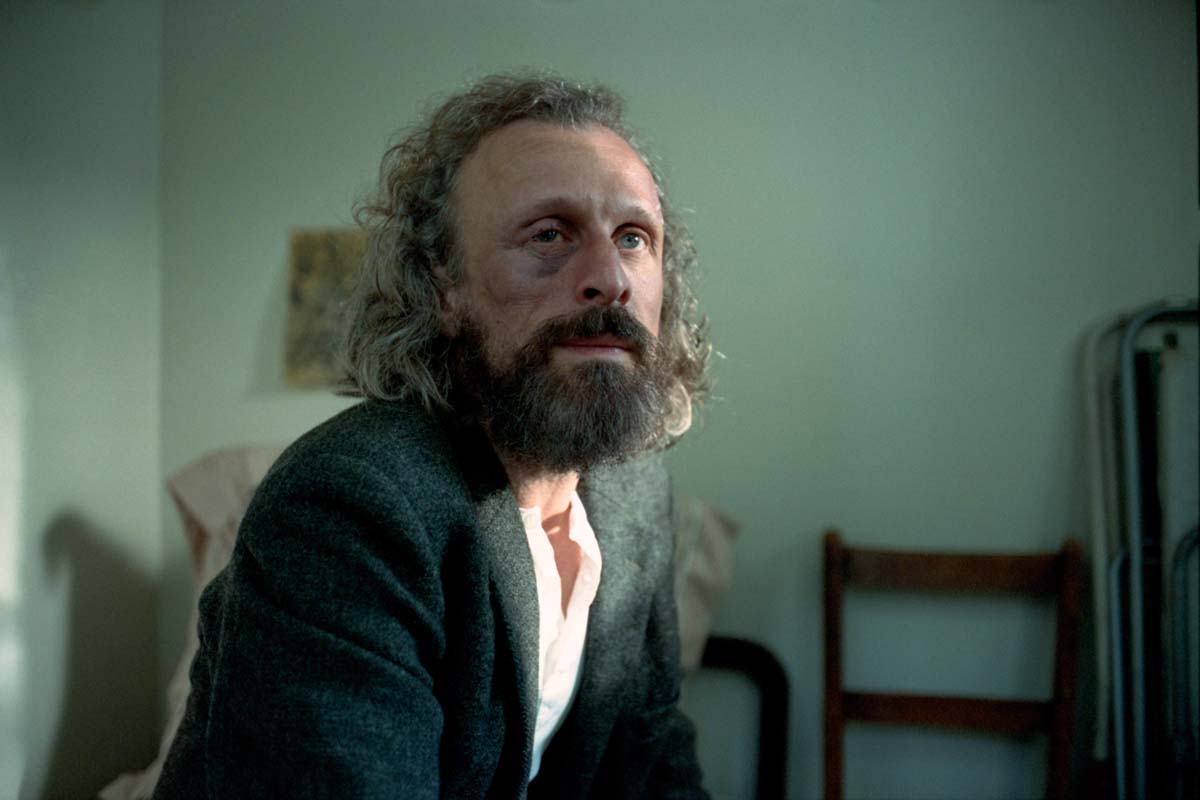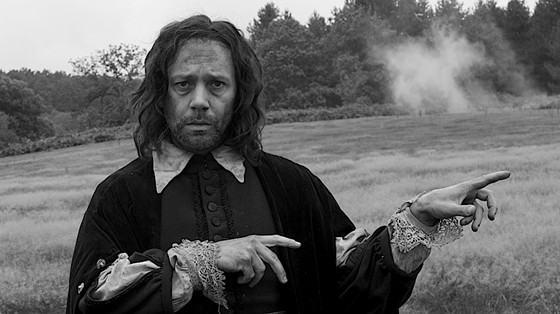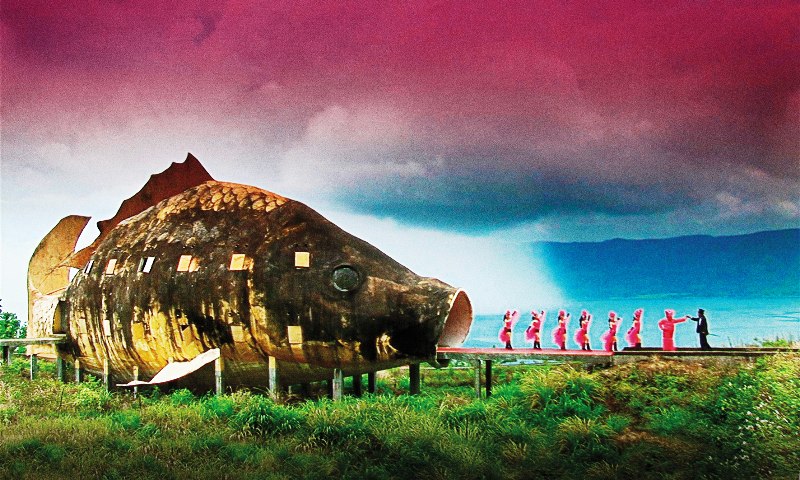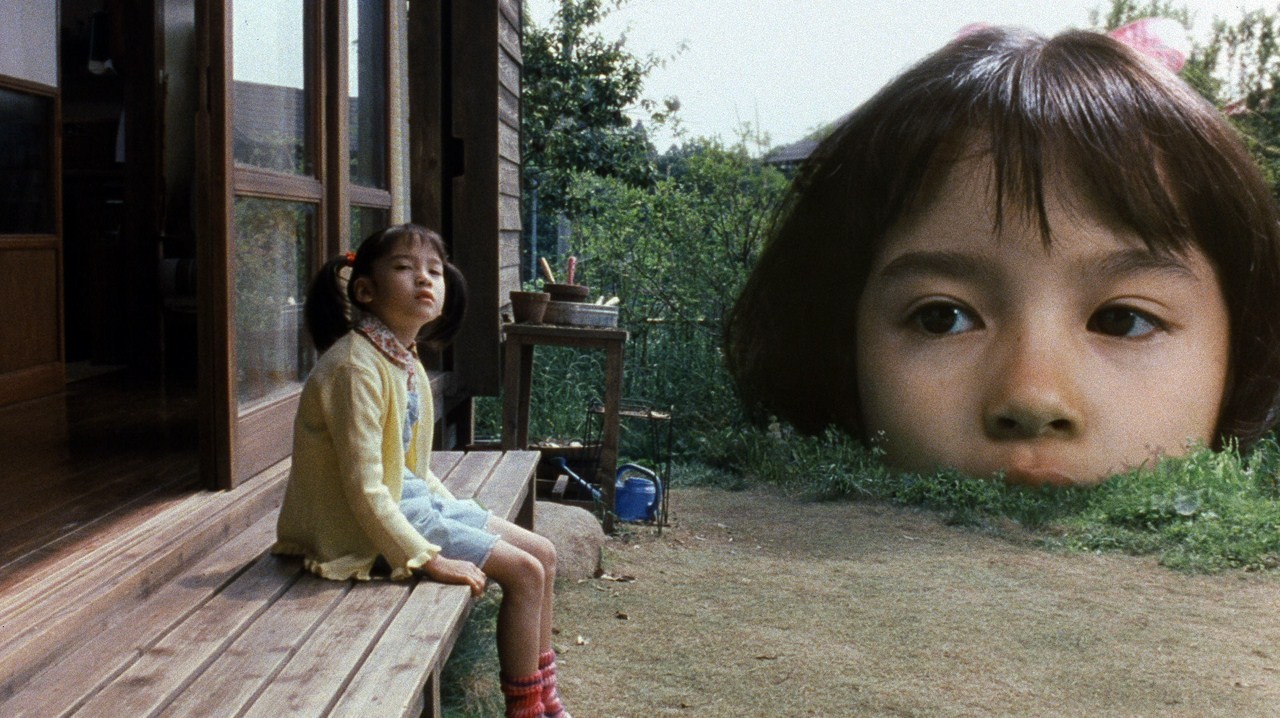“Surrealism, then, neither aims to subvert realism, as does the fantastic, nor does it try to transcend it. It looks for different means by which to explore reality itself.”
― Michael Richardson
Surrealism is one of the most influential cultural movements of 20th Century. It is a method of art, by means of which, artists seek access to their unconscious minds and investigate the reality disguised by pragmatic conventions. Surrealism, like Dadaism, exploits the artistic creativity on randomness and imagination to append traditional values, and elevate an absurdist view of world.
In early 1920s, Luis Buñuel and Salvador Dalí, along with other auteurs, brought this style to masses through their films. Since then, surrealism has been directly associated with films. Surrealist cinema is characterised by juxtapositions, psychic disturbance, dream symbolisms and a frequent use of shocking imagery. Surrealist films often follow the inexplicable logic of dreams, challenging conventional reasoning and narrative.
With 21st Century, came the demise of surrealist movement. However, there are still numerous films, which are true expressions of this revolutionary movement or containing surrealist fragments. The following list includes some of the best surrealist films of 21st Century (2000 onwards).
15. Blood Tea and Red String (2006)
This silent stop-motion picture by Christiane Cegavske can be hailed as modern day anecdote of Grimm’s fairy tales. It is the story of artist’s obsession with art, which in a way, reflects director’s own journey, as the film is shot over 13 years. The fact, that bizarre world presented in the movie is hand-crafted, is commendable. ‘Blood Tea and Red string’ is one of the most overlooked films of surreal genre.
In a forest, where all natural beings are personified, dispute erupts between a group of white mice and rustic creatures, who reside under the oak. The rustic creatures fabricate a doll on the demand of mice, but astonished by beauty and perfection of their creation, they get attached to it, and refuse to sell it to mice. Defiance of agreement leads mice to steal the doll. What follows then is a quest of oak dwellers, in order to reclaim their doll.
The whole film operates on symbols, for there is complete absence of verbal communication. Even with its simple plot, it challenges viewers to extract its implications in unimaginable way. This film was planned to the first part of trilogy.
14. Cowards Bend the Knee (2003)
Guy Maddin, often hailed as ‘The Canadian David Lynch’, has a knack for imparting his personal traumas in form of over the top surreal dramas. Cowards Bend the Knee is the first movie of his highly autobiographical ‘me’ trilogy, which is followed by ‘Brand Upon the Brain!’ and ‘My Winnipeg’.
Guy is an amnesic suitor, who in joy of meeting someone new, forgets his mother and mother of his own child. Unknowingly, he becomes infatuated with mysterious Meta, while his girlfriend is being aborted. Succumbed to Meta, Guy acquires blue hands of her father, and avenges him by killing his adulterous wife and her foul paramour.
Movie also focuses on Guy Maddin’s journey as a player of ‘Winnipeg maroons’, a Canadian senior Ice-hockey team. Into arena, up in rafters, Guy discovers a forgotten wax museum, harboring life-size wax figures of every Winnipeg maroon.
Cowards Bend the Knee is a silent postmodern expressionist film. Guy’s visual style of generating grainy and grimy vignettes evokes quality of long lost primordial films.
13. You, the Living (2007)
Roy Andersson’s You, the Living is like a fabric, in which despairs of ordinary lives are neatly interwoven. It is dark in colour, rich in texture and exudes chilling warmth.
From very beginning, the movie directly communicates with viewers, with its opening quote by German writer Goethe, “Be pleased then, you the living, in your delightfully warmed bed, before Lethe’s ice-cold wave will lick your escaping foot”. In this deadpan surreal comedy, a barrage of complaints flow lucidly to the rhythm of vivid dreams.
The premise of film can be summarized in this one famous line from Charlie Kaufman’s Synecdoche, Newyork, “No one wants to hear about my misery, because they have their own.” The only difference is, here, all we do is listen to miseries, as random characters emerge and recount their agony, sometimes to one another, sometimes directly to us. Despite all the hardships, life goes on, for Tomorrow is another day.
Roy Andersson, also known as ‘slapstick Bergman’ (with Buñuelian touch) is the master of static long-takes. He effortlessly shifts the camera from one vignette to other; this transition between scenes is intentionally abrupt. This movie has randomness of The Phantom of Liberty and stylishness of The Discreet Charm of the Bourgeoisie.
12. Borgman (2013)
Dutch filmmaker Alex van Warmerdam’s home invasion thriller is obscenely alluring, undeniably ambiguous and wickedly amusing. Borgman is like a painting, emanating in a series of fixations that dart and scatter across the screen.
The movie is about Camiel Borgman and his mysterious hole dwelling cohorts. In one of the most striking opening sequence, the priest and his folks are unearthing covert subterranean bunkers to hunt Borgman. When he hustles into an opulent neighbourhood, looking for a bath, we sense that intrusion is just the beginning of all the mischievous acts yet to occur. In one dreadfully surreal scene, Borgman is squatting naked on sleeping Marina, while she is having nightmare.
Though Warmerdam has dropped enough narrative cues to maintain intrigue, we don’t get any clear resolution. Interpretations of movie’s hidden symbolisms run the gamut, from spiritual forces of evil in the heavenly places to sexual struggle.
Borgman has sly Lynchian touch to it, with subtle interplay of light and shadow instead of stylized lighting, but in the end, it is very much director’s own movie. This film was Netherland’s official Oscar submission for foreign language category.
11. A Field in England (2013)
Ben Wheatley’s ultralow budget Civil War drama, shot in monochrome, is a unique blend of alchemy and folklore, which derives its roots from ‘Fairy ring’ myth. With his masterful camerawork, that includes fast cuts and psychedelic sequences, Ben transport us into another world, in another time.
The story starts with a quartet, fleeing the war scene, headed toward alehouse across the field. On their way, they meet O’Neil, a heinous Irishman with occult skills. He wants to apply Whithead’s divination expertise to locate the treasure that lies in field. This film is outright mix of moods that goes from humorous to hallucinating.
The images of A Field in England are often cryptic and abysmal, which results from processing of two images simultaneously. The stroboscopic sequences play with our vision and provide a peek into man’s subconscious. Many vignettes in this film are highly influenced by Seashell and the Clergyman, arguably the first model surrealist film.
Entire film takes place on a single location, a field in England, as the name suggests. The background score by Jim Williams is hauntingly beautiful; especially the Scottish song Baloo My Boy uplifts the charm of movie. This avant-grade monument offers a handful of magic mushrooms, with spice of cultural and religious diversity, for those who can digest it.
10. The Act of Killing (2012)
It may seem absurd to link ‘surrealism’ with ‘documentary’, for surrealism is generally ani-realistic, whereas documentary is essentially associated with realism. In that regard, The Act of Killing by Christine Cynn and Joshua Oppenheimer is a game changer documentary, which employs surrealism as a device to present the real tragedy or we can say that reality itself reproduces a unique surrealism. As quoted by Slovenian philosopher Slavoj Zizek “If something gets too traumatic, too violent, it shatters the co-ordinates of our reality, and we are forced to fictionalize it.”
This movie is a petrifying portrait of ‘Pancasila’, an Indonesian paramilitary organization that slaughtered communists. We see perpetrators themselves in starring roles, celebrating the genocide, as they restage their barbarous carnage in front of camera. In one of the key scenes of movie, the leader of death squad says, “Why do people watch film about Nazis? To see power and sadism! We can do that! We can make something more sadistic than what you see in movies about Nazis. You’ve seen that in fiction, but that’s different, I did it in real life.”
Though movie is unnerving, confronting us with the savagery we cannot even imagine; it is also deeply empathetic and ultimately gratifying. The Act of Killing is one the most important quintessential documentaries that fits into surreal genre.
9. The Taste of Tea (2004)
Katsuhito Ishii, a veteran animator, mostly known for composing animated sequences of Quentin Tarantino’s Kill Bill vol. 1, delivers movie of the carrier with The Taste of Tea. As a character of movie says, “It’s more cool than weird, and it stays in your head.” Though it is a live action movie, it has soul of an anime.
Taste of Tea is an eccentric portrayal of country side family, a collection of deftly assembled episodes of life. This warm hearted family drama is about a puerile girl, stalked by her own colossal doppelganger; her love struck brother; mother, reinstating her profession as anime artist; hypnotist father; impetuous uncle and compassionate grandfather, lost in his own world.
The long shots of country landscapes and stunning juxtaposition sequences make The Taste of Tea one of the most appealing and hypnotic surreal films of all time. With this movie, director wants to convey that in our strife to meet responsibilities of life, we have forgotten the colour of burning sky and smell of warm earth.
